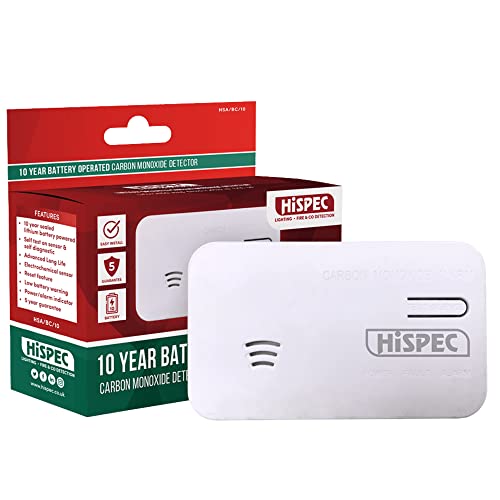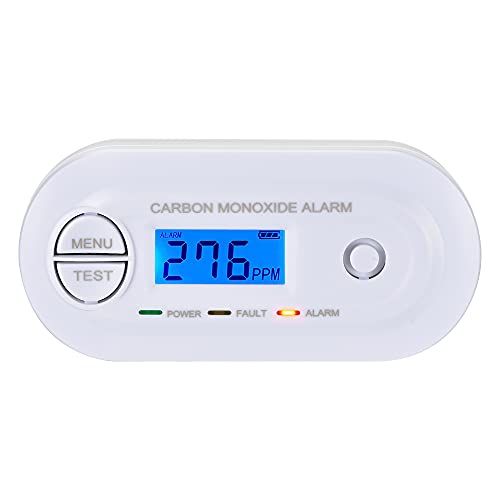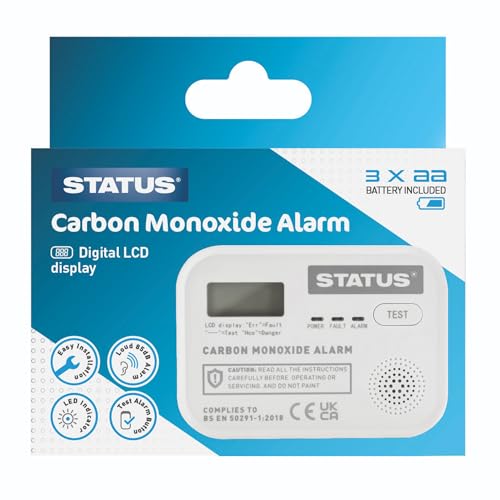Understanding Carbon Monoxide: What Makes It Dangerous?
The Silent Threat of Carbon Monoxide
Carbon monoxide (CO) is a colourless, odourless gas produced by burning fuel in automobiles, gas appliances, and even in our homes when heating systems or fireplaces are not functioning properly. Imagine sitting in your living room on a cold winter’s night, enjoying the warmth of your fireplace. What if, unbeknownst to you, the chimney is blocked and CO is seeping into your home? This is the danger of carbon monoxide—it is nearly impossible to detect without the right tools, and it can be deadly.
Common Sources of Carbon Monoxide
Familiar sources of carbon monoxide include gas stoves, gas water heaters, and vehicles left running in enclosed spaces. For instance, if you accidentally leave your car idling in a closed garage, it could quickly become a lethal environment for anyone inside. Understanding these sources reinforces the importance of vigilance in monitoring our living spaces.
Health Implications of CO Exposure
Exposure to carbon monoxide can lead to serious health issues, including headaches, dizziness, and in severe cases, unconsciousness or death. Picture yourself feeling unwell but attributing it to fatigue or a cold. Meanwhile, CO may be silently accumulating in your home, posing a real threat to your health. These scenarios underscore the necessity of being proactive rather than reactive when it comes to carbon monoxide safety.
Why Every Home Needs a Carbon Monoxide Detector
Safety Starts with Awareness
Installing a carbon monoxide detector is a straightforward step that could save lives. Consider this—while we routinely check our smoke alarms, how often do we think about carbon monoxide? Just as smoke alarms alert us to fire dangers, CO detectors round out our home safety system by monitoring for this deceptive gas. It’s crucial that every home, especially those using gas appliances or having attached garages, has a CO detector.
Peace of Mind for Families
Imagine sleeping soundly at night knowing there’s a system in place to warn you of carbon monoxide levels that are rising in your home. A reliable CO detector can give you peace of mind, especially for families with children or elderly members who are more vulnerable to the effects of CO. Knowing that this safety measure is in place allows you to focus on what matters most—your loved ones.
Choosing the Right Carbon Monoxide Detector: Key Features to Consider
Types of Carbon Monoxide Detectors
When selecting a carbon monoxide detector, we should first consider the type. There are plug-in models, battery-operated devices, and those that are hardwired into the home’s electrical system. Each option offers different advantages. For instance, if you prefer portability, a battery-operated unit may suit your needs. If you’re looking for something that doesn’t require changing batteries, a hardwired option might be your best bet.
Key Features to Look For
Look for features like a digital display that shows CO levels in real-time, a loud alarm that can be heard easily throughout the home, and a test button to ensure the device is functional. Some advanced models even come with smart technology, allowing you to receive alerts on your smartphone. These features aren’t just conveniences—they’re essential for maintaining a high level of safety.
How to Install Your Carbon Monoxide Detector for Maximum Safety
Optimal Placement Guidelines
Proper installation of your carbon monoxide detector is vital for its effectiveness. We should place them outside all sleeping areas and on every level of the home, especially near gas appliances. If you have an attached garage, installing a detector near the garage door can also be beneficial, as vehicles can emit CO when running.
Avoiding Installation Mistakes
Avoid placing detectors too close to windows, doors, or vents, as drafts can interfere with their operation. Similarly, they shouldn’t be placed in high humidity areas, like bathrooms, since steam can cause false alarms or impact performance. Ensuring the right placement will maximise the detector’s ability to accurately read CO levels.
Maintaining Your Carbon Monoxide Detector: Essential Tips for Longevity
Regular Testing for Reliability
Testing your carbon monoxide detector regularly is crucial to ensure it works when you need it most. We recommend testing it monthly. Simply press the test button and listen for the alarm to sound. If the alarm is silent, replace the batteries or consider replacing the unit if it’s hardwired.
Understanding Lifespan and Replacement Criteria
Most carbon monoxide detectors have a lifespan of around five to seven years. We should keep track of the date of purchase, as many devices come with a manufacture date sticker on the back. If your unit has reached its time limit, it’s essential to replace it to ensure your home remains protected from carbon monoxide.






















